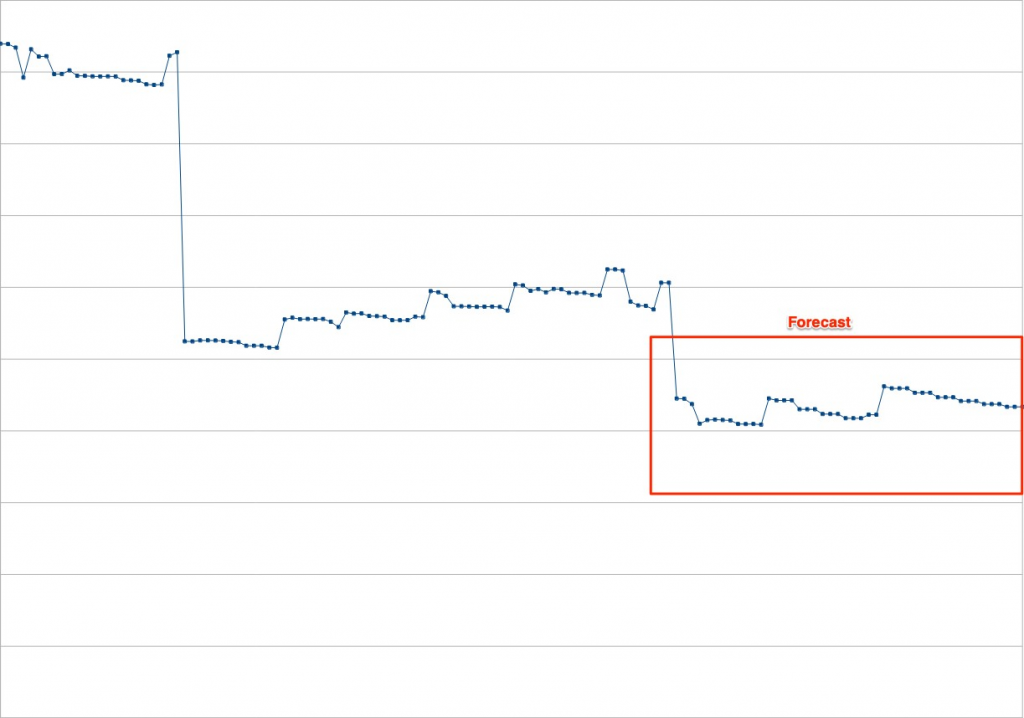Financial forecasting has taken a giant leap forward. One notable application is the use of ChatGPT to predict and project bank account balances. This allows individuals and businesses to better manage their finances by anticipating future account balances based on historical data.
Verbs to Use: When interacting with ChatGPT for financial forecasting, I’ve learned that using these appropriate verbs is crucial. Here are some key verbs to consider:
- Forecast: Begin by introducing the task with the verb “forecast.” For instance, you could say, “Forecast my bank account balances for the next 30 days based on the provided data.”
- Project: Another relevant verb is “project.” For example, “Project the balance changes for the next quarter considering my spending habits.”
- Calculate: When requesting a specific calculation, the verb “calculate” comes in handy. “Calculate the average daily change in my account balance.”
Prompts for Effective Forecasting: To get the best results from ChatGPT when forecasting bank account balances, crafting clear and detailed prompts is essential. Here are a few prompts to guide you:
- Historical Data: Begin by providing the relevant historical data, including dates, deposits, withdrawals, and account balances. This gives ChatGPT the context it needs to understand the financial trends. You should let ChatGPT know the format you’ll be providing the data in, for example, “CSV”.
- Timeframe and Duration: Specify the period you want to forecast (e.g., next 30 days) and the duration of each forecasted balance.
- Specific Questions: Pose direct questions to elicit precise responses. For example, “What will be my account balance on August 15th, considering an average withdrawal of $50 per day?”
- Accounting for Deposits: When seeking projections, explicitly mention deposits. For instance, “Considering a weekly deposit of $500, how will my balance change over the next two months?” Alternatively, just make sure to add a prompt like “Consider deposits” because initial responses to prompts did not.
- Change Variables: Experiment with different variables that could impact the forecast, such as varying withdrawal amounts, changing deposit frequencies, or modifying historical data.
By employing verbs like “forecast,” “project,” and “calculate,” and by crafting clear and detailed prompts that include historical data, timeframes, and specific questions, a balance forecast can be generated. While ChatGPT’s predictions are based on patterns and historical trends, it’s important to remember that actual financial outcomes can be influenced by unforeseen events.
See below for a real example where the forecast correctly took into account deposits and withdrawals but didn’t take one-time extreme changes into consideration.

